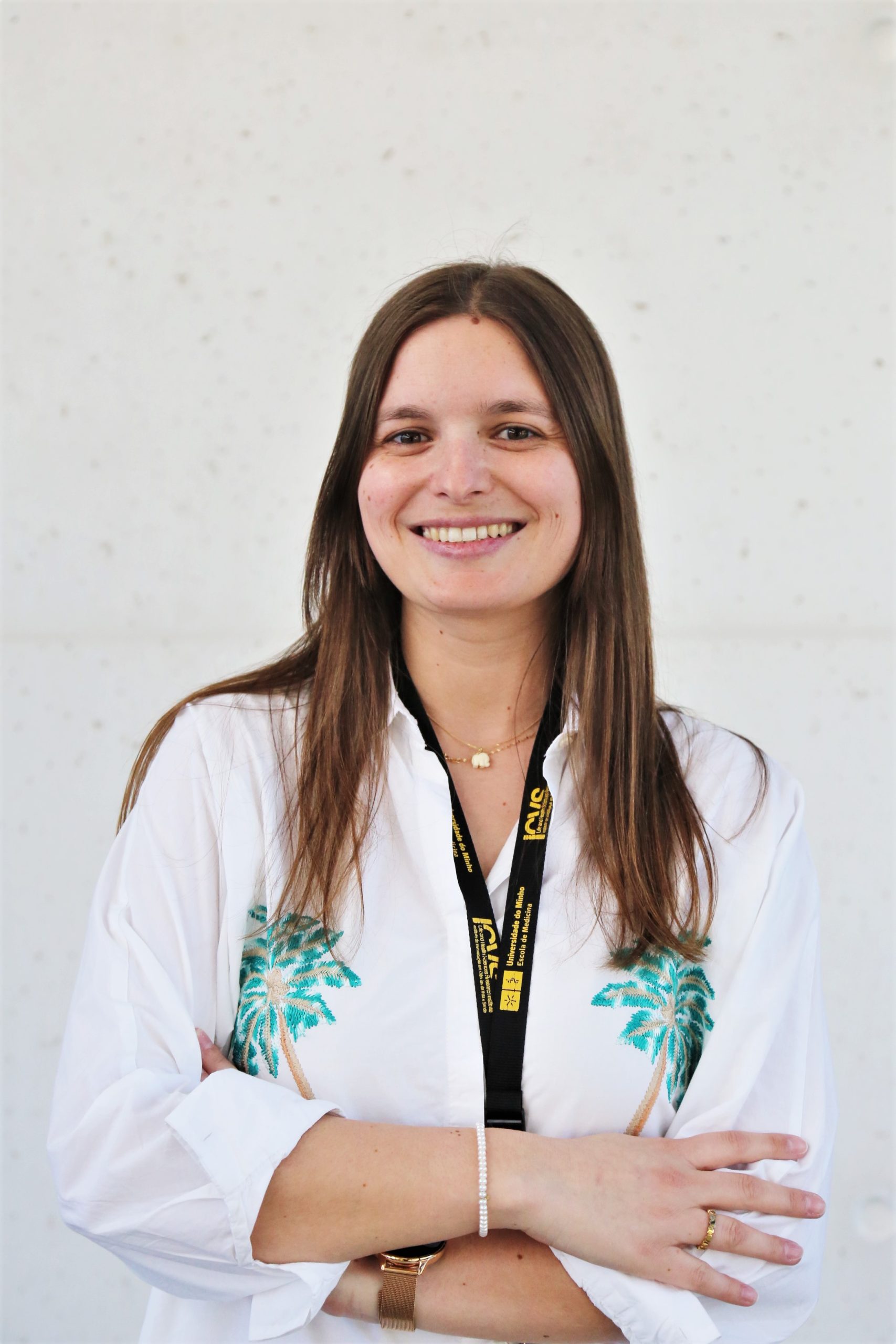
Advancing current understanding on the clinical impact of HIV-1 subtype C diversity
There is still no cure for HIV infection and the extensive viral genetic diversity represents the one of the biggest obstacles to develop an effective therapy…

Vitória Baptista has a bachelor’s degree in Biochemistry and a master’s degree in Applied Biochemistry – Biomedicine research field, both from the University of Minho, Portugal. Currently, Vitória is pursuing a PhD in Biomedical Engineering at the Centre of Microelectromechanical Systems (CMEMS) and Life and Health Sciences Research Institute (ICVS), at the same institution. Vitória has more than three years of experience in the malaria parasite pathogenicity and exploring its biophysical properties towards diagnosis. Specifically, Vitória is focused in dissecting the essential haem detoxification pathway of Plasmodium falciparum and understand how it is altered when parasites are under antimalarial drug pressure and/or have different genetic backgrounds. This work will allow her to design new treatments and diagnoses. Her career thus far provided her with expertise in topics of microbiology, molecular biology, genetic manipulation, drug resistance, and optical and magnetic sensors.

Vitória Baptista has a bachelor’s degree in Biochemistry and a master’s degree in Applied Biochemistry – Biomedicine research field, both from the University of Minho, Portugal. Currently, Vitória is pursuing a PhD in Biomedical Engineering at the Centre of Microelectromechanical Systems (CMEMS) and Life and Health Sciences Research Institute (ICVS), at the same institution. Vitória has more than three years of experience in the malaria parasite pathogenicity and exploring its biophysical properties towards diagnosis. Specifically, Vitória is focused in dissecting the essential haem detoxification pathway of Plasmodium falciparum and understand how it is altered when parasites are under antimalarial drug pressure and/or have different genetic backgrounds. This work will allow her to design new treatments and diagnoses. Her career thus far provided her with expertise in topics of microbiology, molecular biology, genetic manipulation, drug resistance, and optical and magnetic sensors.
Articles
1. Miguel Silva, Carla Calçada, Nuno Osório, Vitória Baptista, Vandana Thathy, Miguel Teixeira, Adam Reid, Pedro Ferreira, David Fidock, Maria Isabel Veiga. (2022) “The Plasmodium falciparum protein PfMRP1 functions as an influx ABC transporter”.PREPRINT – Research Square.
2. Joana P. Guedes*, Vitória Baptista*, Cátia Santos-Pereira, Maria João Sousa, Susana R. Chaves, Stephan Manon, Manuela Côrte-Real. (2022) “Acetic acid triggers cytochrome c release in yeast heterologously expressing human Bax”. Apoptosis. DOI: 10.1007/s10495-022-01717-0. *Equal contribution
3. Vitória Baptista, Weng Kung Peng, Graça Minas, Maria Isabel Veiga, Susana O. Catarino. (2022) “Review of Microdevices for Hemozoin-Based Malaria Detection”. MDPI Biosensors. DOI:10.3390/bios12020110.
4. Vitória Baptista, Mariana S. Costa, Carla Calçada, Miguel Silva, José Pedro Gil, Maria Isabel Veiga, Susana O. Catarino. (2021) “The future in sensing technologies for malaria surveillance: a review of hemozoin-based diagnosis”. ACS Sensors. DOI: 10.1021/acssensors.1c01750.
5. Mariana S. Costa, Vitória Baptista, Gabriel Ferreira, Duarte Lima, Graça Minas, Maria Isabel Veiga, Susana O. Catarino. (2021) “Multilayer thin-film optical filters for reflectance-based malaria diagnostics”, Micromachines, Vol. 12(8), 890. DOI: 10.3390/mi12080890.
6. Carla Calçada, Miguel Silva, Vitória Baptista, Vandana Thathy, Rita Silva-Pedrosa, Diana Granja, Pedro Eduardo Ferreira, José Pedro Gil, David A. Fidock, Maria Isabel Veiga. (2020) “Expansion of a specific Plasmodium falciparum pfMDR1 haplotype in southeast Asia with increased substrate transport”. mBio, 11 (6). DOI: 10.1128/mBio.02093-20.
Conference papers
1. Mariana S. Costa, Vitória Baptista, Graça Minas, Maria Isabel Veiga, Susana O. Catarino (2021) “The effect of the materials’ properties in the design of high transmittance and low FWHM SiO2/TiO2 thin-film optical filters for integration in a malaria diagnostic device”. In Proceedings of the 14th International Joint Conference on Biomedical Engineering Systems and Technologies – Volume 1 BIODEVICES: BIODEVICES, pages 21:31. DOI: 10.5220/0010193900210031.
Patents
2022 – WO2022070084 AUTOMATIC DEVICE FOR NON-INVASIVE MALARIA DIAGNOSIS THROUGH OPTICAL REFLECTANCE TECHNIQUES, METHODS AND USES THEREOF

There is still no cure for HIV infection and the extensive viral genetic diversity represents the one of the biggest obstacles to develop an effective therapy…

The clinical manifestation of malaria starts when parasites invade human red blood cells (RBCs) and feed on haemoglobin, releasing a toxic by-product, polymerized by the parasite into the inert crystal hemozoin..

Hampering malaria control and elimination efforts is the resilient capacity of the parasite Plasmodium falciparum to develop resistance, including resistance to the presently…

There is still no cure for HIV infection and the extensive viral genetic diversity represents the one of the biggest obstacles to develop an effective therapy…



Phone: +351 253 604 967
Fax: +351 253 604 809
Email: icvs.sec@med.uminho.pt
Life and Health Sciences
Research Institute (ICVS)
School of Medicine,
University of Minho,
Campus de Gualtar
4710-057 Braga
Portugal

Copyright ©2022 ICVS. All Rights Reserved



Copyright ©2022 ICVS. All Rights Reserved
Life and Health Sciences
Research Institute (ICVS)
School of Medicine,
University of Minho,
Campus de Gualtar
4710-057 Braga
Portugal



Copyright ©2022 ICVS. All Rights Reserved
Life and Health Sciences
Research Institute (ICVS)
School of Medicine,
University of Minho,
Campus de Gualtar
4710-057 Braga
Portugal

